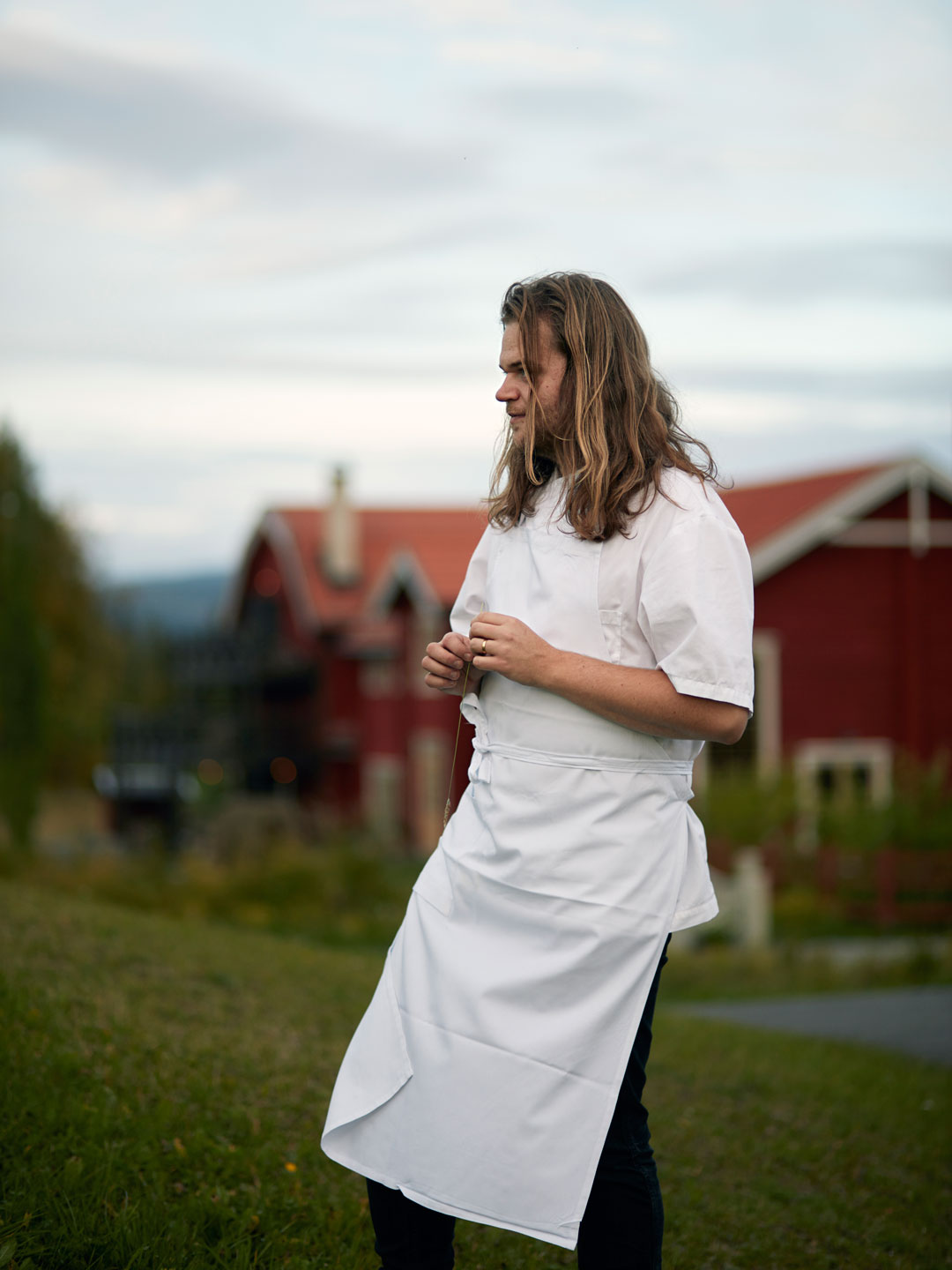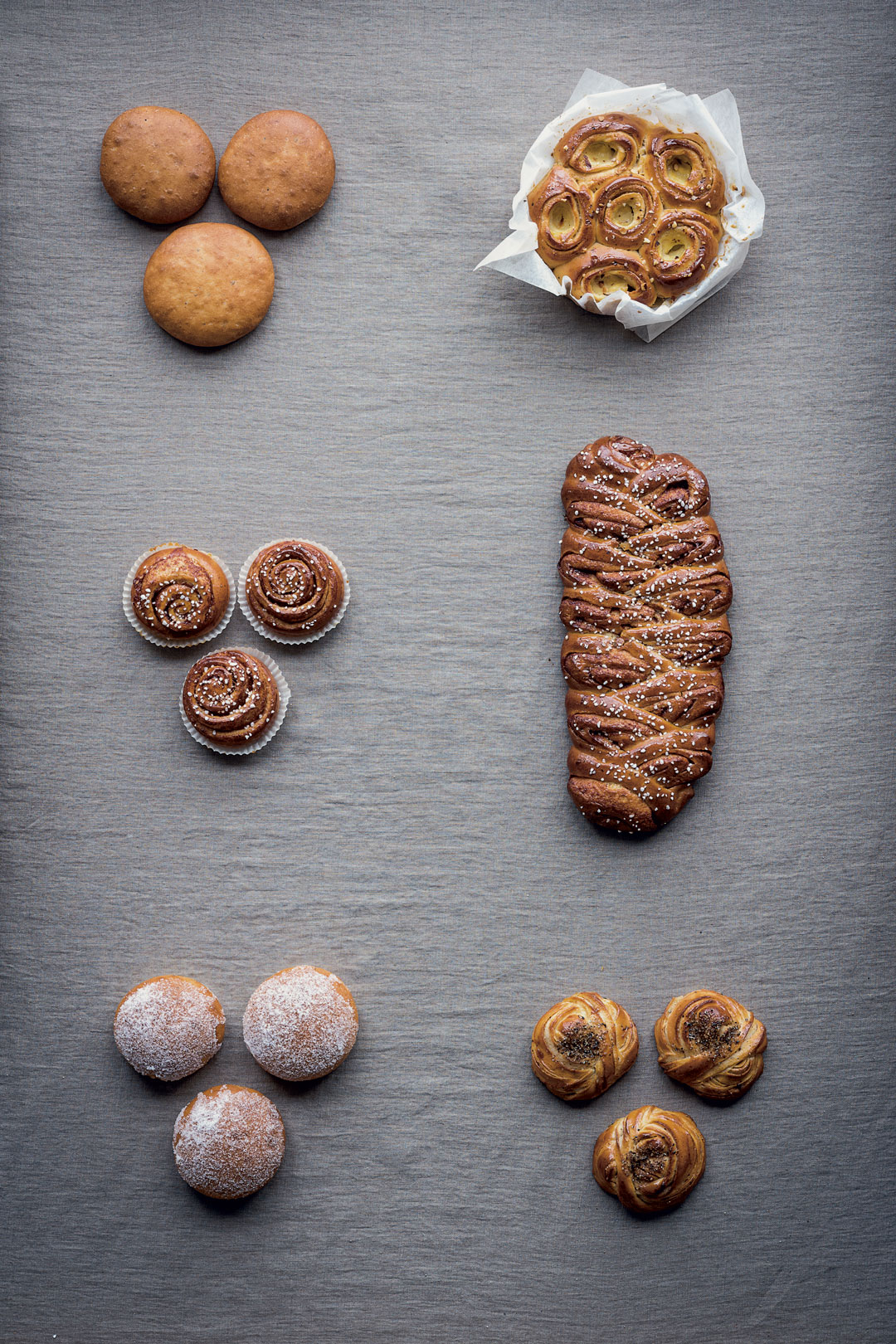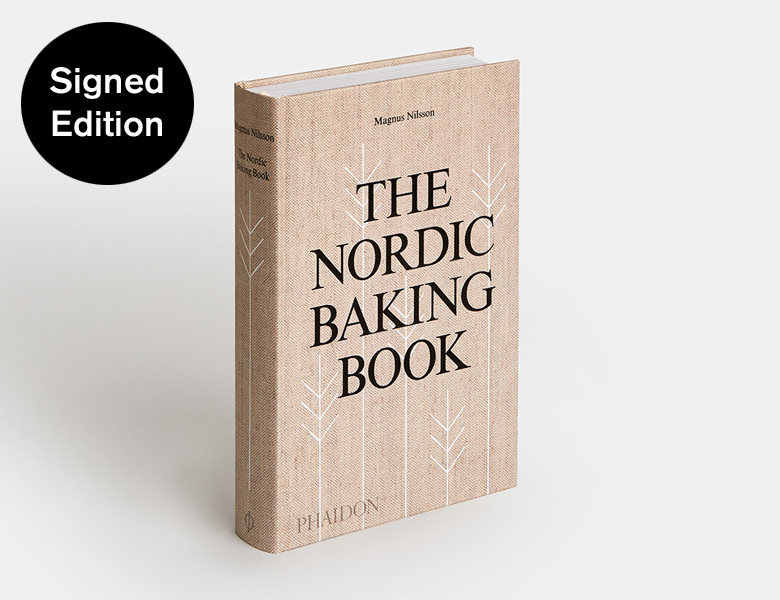
Why Magnus Nilsson doesn't do sourdough cinnamon buns
Sweet buns and complicated techniques are a truly awful combination, says the chef and author
Even though his new book is packed with simple to follow baking recipes from across the Nordic region Magnus Nilsson has nothing against complicated and slightly outdated baking techniques. In The Nordic Baking Book, he even recalls a recipe that demands chopping down a tree, scraping the bark and bulking the flour out with a little bit of pine, as they did in former times when flour was a little harder to come by. It's a fascinating story.
However, when it comes to complicating matters he draws the line at sourdough buns. “As I sat there in a Stockholm café, which can’t be described as anything but hipster,” he writes, “I thought to myself that if I ever have to eat another wholewheat sourdough slow-leavened cinnamon bun again I might snap and, if nothing else, at least get a little bit verbally abusive towards some innocent bystander.”
What riles him is not just the current cultural mood, where “small producers are always considered better than large ones and where complicated and new is the only way to go,” he writes, at the expense of newer, more convenient and (whisper this in your sleep, mustachioed Stockholm bakers), tastier techniques.
Not, it’s simpler than that: sourdough buns just aren’t – in this chef and author’s opinion - very tasty
“I love buns, and I love a great hand-kneaded, stone-oven baked wholegrain sourdough loaf too,” he says. “But they are different things, and what increases the greatness of one cannot necessarily always be said to do the same to the other.

“I actually want my bun to be made from white processed flour because I want it to taste more from the baking process and from the filling than from the minerality of the grain itself,” Nilsson explains. “I also want my bun to be made with added yeast and not sourdough because it promotes a fast-leavening process, which in turn leaves a lot of primary sweetness left in the flour itself. The inherent sweetness of processed flour is what gives that mild wheatiness, which acts as such an amazing foundation for the aroma of sweet spices like cinnamon and cardamom to shine on.”
It seems you just don’t get that with sourdough, which is less sweet, and more acid. Bakers sometime try to compensate for this by adding more spices, but, as Magnus writes, “This often results in bitterness and poor texture.”
“Sourdough buns scream at you through a mess of acidity, wholegrain flavour, too much filling and added sugar about how poor a fit this technique is for them,” says Magnus. “Traditional yeast-leavened buns whisper to you in perfect harmony through delicate curtains of soft wheatiness, sweet spice and just a little bit of filling with a hint of butteriness, about how delicious they are.” And that's something to bear in mind if you want to avoid hearing any dissent from direction Magnus.

To learn how to make perfect version of perfectly harmonious buns, order a copy of The Nordic Baking Book here.